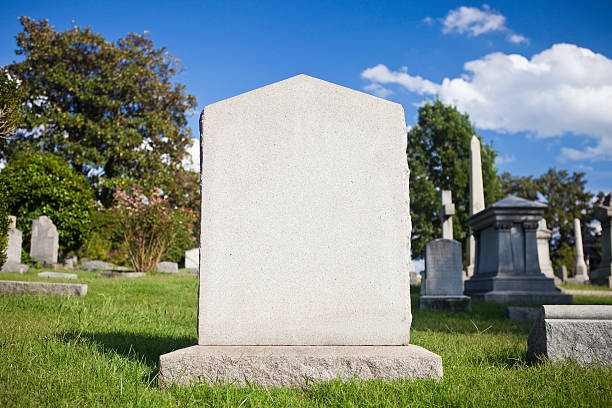Six Reasons We Use Headstones


Anyone who has been to the cemetery in Washington, DC, knows that headstones are an enduring and vital part of the landscape.
From humble beginnings to the current version, headstones have evolved over time, with each step due to technological advancements and also customs and practices. Why are we using headstones? Continue reading to learn more.
1. To identify the burial place
cemetery grave monuments is extensively used in the past to identify gravesites and distinguish those from unoccupied areas.
A burial plot marked with a marker helps those looking to find the deceased's burial site and distinguish them from others.
2. To remember the dead
Headstones honor the deceased with crucial information like the name of the deceased, their title, important dates, as well as an epitaphs that are engraved on them.
This allows people passing by to realize that there is a person beneath the stones, no regardless of how familiar they are with the monument.
A memorial can also be requested by survivors of the deceased, allowing them to express their thoughts at the time they are placed in the grave. best headstones near me will make the burial.
3. To find relatives of the genealogical tree
Gravestones can also be a great source of information for the descendants of the deceased who are interested in tracking their ancestry.
Beyond the names and dates markers can also provide details like where they are from, their relationships and causes of death. status in the community, and affiliations.
Sometimes, the headstone may contain information about the immediate relatives of the deceased. These kinds of contexts can be a treasure trove for future generations that want to establish connections.
4. To safeguard the grave
Stone markers were used to mark graves long before concrete burial containers were very popular. This was done to prevent animals from digging up bodies.
This could discourage grave robbers and other similar entities from vandalizing burial places as the headstones' presence indicated that the body was spoken for.
5. Cultural and religious representation
The symbolism of headstones can also represent the religion and culture of the deceased. Different religions use different symbols to signify the place of burial of their dead.
On gravestones for their loved ones, Christians may use different types of sculptures for example, an angel, book or trumpet, cross or gate, and so on. A few people choose to make use of a prayer line or reading from their holy book as an epitaph.
Other cultures and religions use animals, plants, flame celestial objects such as the moon and stars and many others, each having its own unique significance.
These symbols represent the beliefs of the deceased to prepare their spirit for the journey ahead, and also protect their souls along with other spiritual sentiments.cemetery located in Washington, DC
6. As historical artifacts
In addition, grave markers function as artifacts. This is especially true in historic cemeteries, for visitors to get a sense of the type of people who are buried there.
Tourists and historians alike can visit the monuments and make predictions, draw useful conclusions, and record different times.
The usage of headstones in the Washington DC cemetery can serve both sentimental and practical purposes. These are important aspects to take into consideration when designing a memorial. We're happy to help you by calling or visiting us.
